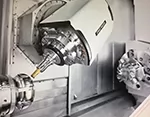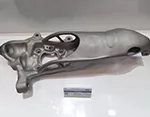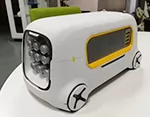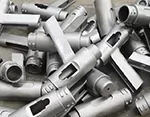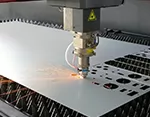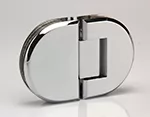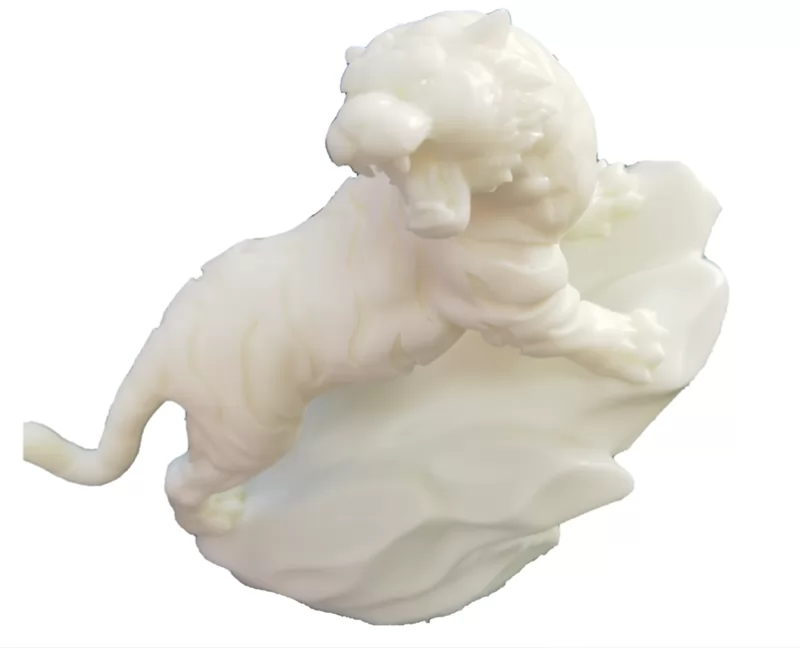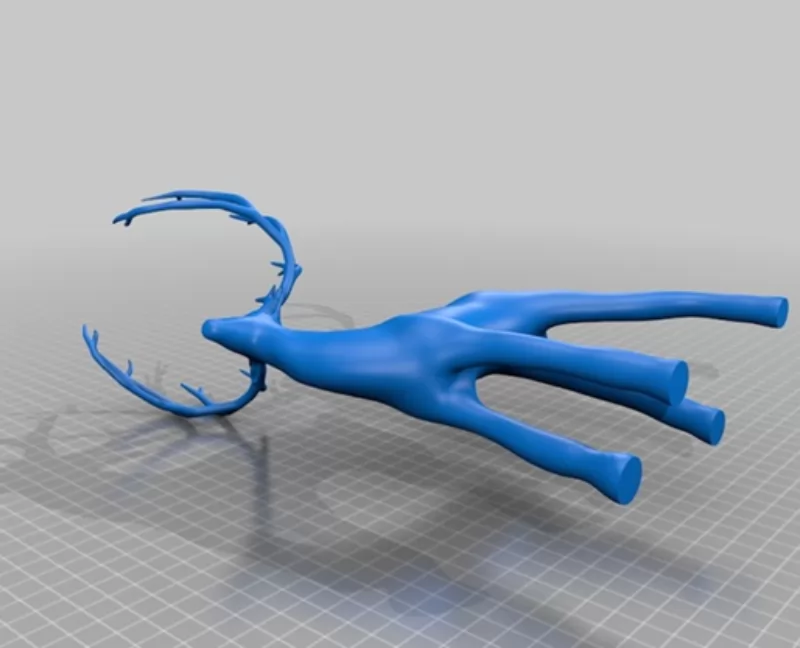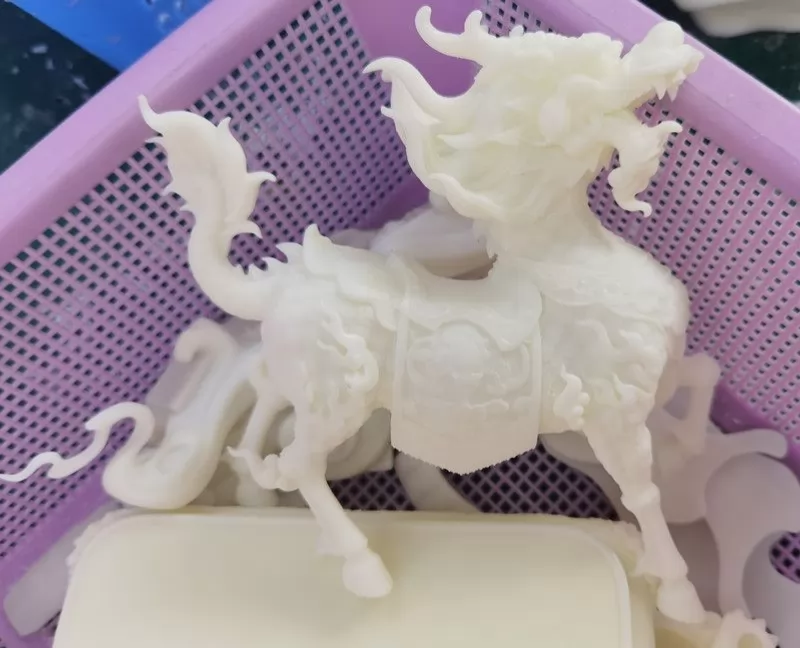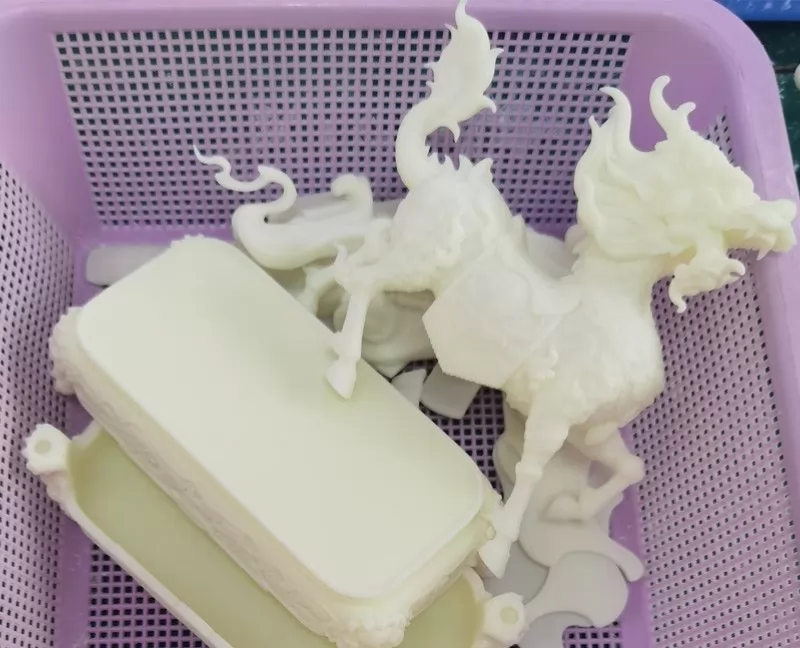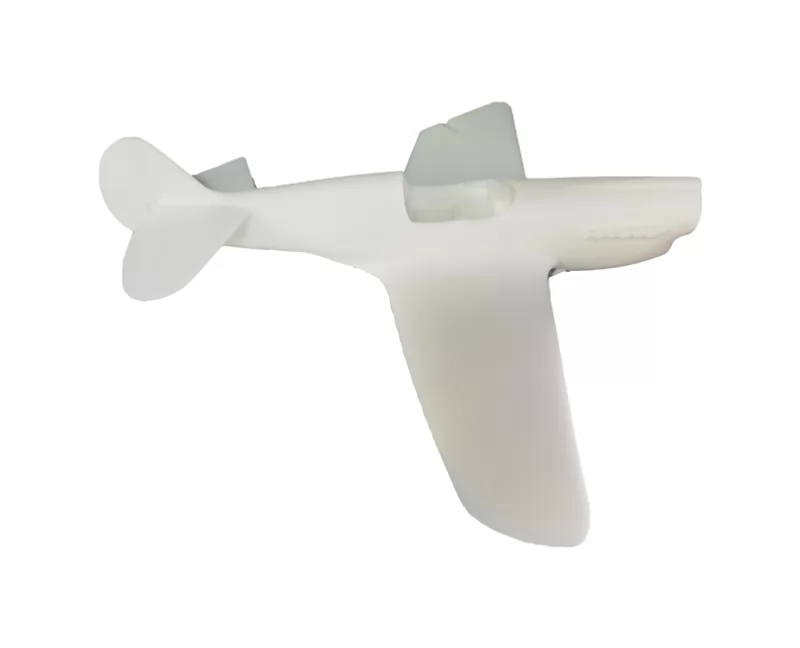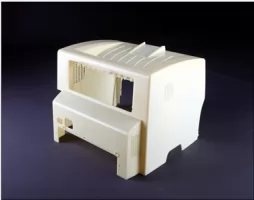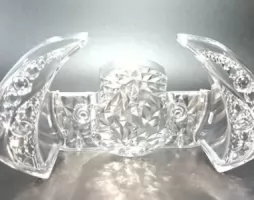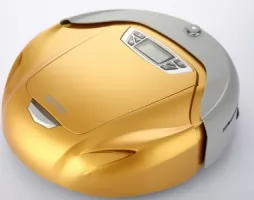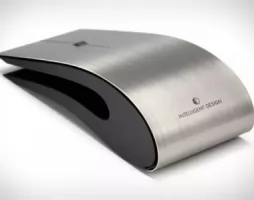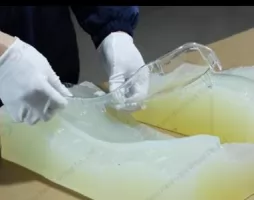-
Service
+
- CNC Precision Machining Service +
- Multi-Axis Simultaneous Machining Service +
- CNC Turning Service +
- Metal 3D Printing Service +
- Rapid Prototyping Service +
- Die Casting Service +
- Sheet Metal Fabrication Service +
-
Finish Serivces
+
- Polishing
- Grinding
- Brushed Finish
- Sand blasting
- Painting
- Powder Painting
- Anodizing
- Hard anodizing Service
- Passivation
- Zinc Plating
- Nickel Plating
- Chrome Plating
- Blackening
- Black Zinc Plating
- Teflon Coating
- Titanium Coating
- DLC Coating
- Laser Marking
- Silk Screen Printing
- Transfer Printing
- Micro Arc Oxidation
- Industries +
- About Us +
- Resource +
- Contact Us
- Quote

-
Service
-
>
-
>
-
>
-
>
-
>
-
>
-
>
-
>
-
- Industries
- About Us
- Resource
- Contact Us
SLA parts are built layer by layer. A computer-controlled laser beam scans the surface of the resin bath, with the first cured layer being supported by the machine’s bed. After the first layer has been completed, the bed is lowered into the resin by a distance equal to the layer thickness, then the laser scans the surface to cure the next layer and fuse it to the layer beneath.
If necessary, support structures are built to prevent overhanging features from distorting during the build process. When the part is complete, the bed rises out of the resin bath to enable the part to be retrieved. Support structures are removed, the part is cleaned and any additional finishing processes applied.
SLA Rapid Prototyping
Stereolithography, or SLA, is the process of converting a liquid plastic into solid 3D objects using a stereolithograph apparatus, or SLA machine. SLA was the first additive manufacturing process and was introduced over 30 years ago.
An SLA machine was the first additive manufacturing machine we purchased to start our rapid prototype company with back in 1996. As one of the first SLA prototyping service bureaus in Northeast Ohio and the USA, we have supplied tens of thousands of SLA prototypes to designers, marketers, engineers and entrepreneurs over the last 20 plus years. The Technology House has the capabilities to manufacture 3D printed parts and prototypes for your projects.
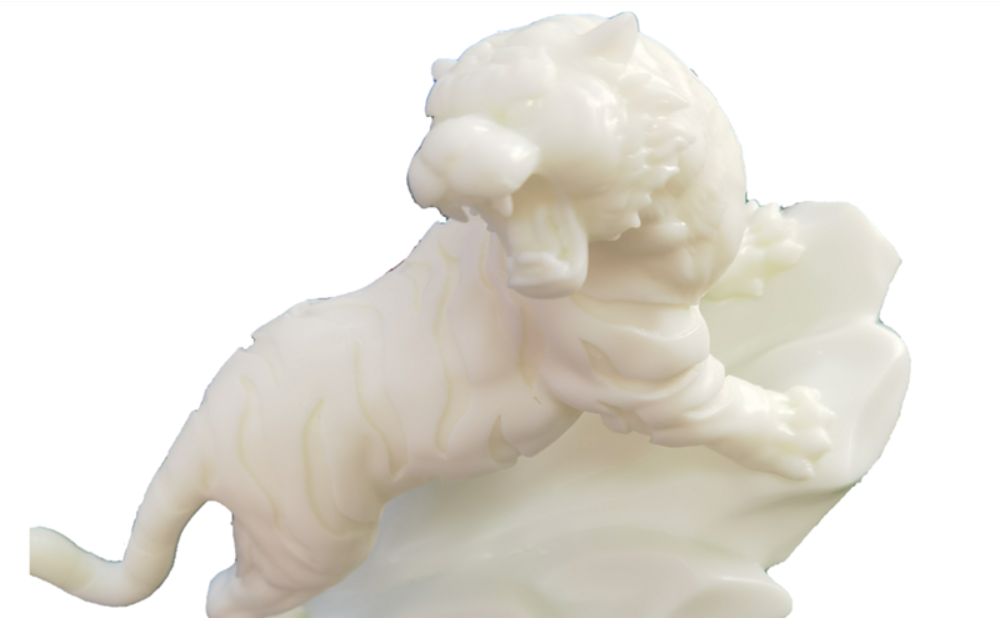
SLA 3D Printing Process
SLA works by building a 3D model of a component using a vat of liquid ultraviolet-curable photopolymer resin and an ultraviolet laser to form one thin layer at a time, usually between 0.002”-0.006” or 50-150 microns. The laser beam traces a cross-section of the model on the surface of the liquid resin for each layer. Exposure to the ultraviolet laser light cures and solidifies the pattern traced on the resin and joins it to the layer below. After the pattern has been traced, the SLA machine’s elevator platform is lowered by the thickness of a single layer and the process is repeated. After an SLA is printed, the excess resin is removed and the component is cured in an ultraviolet oven.
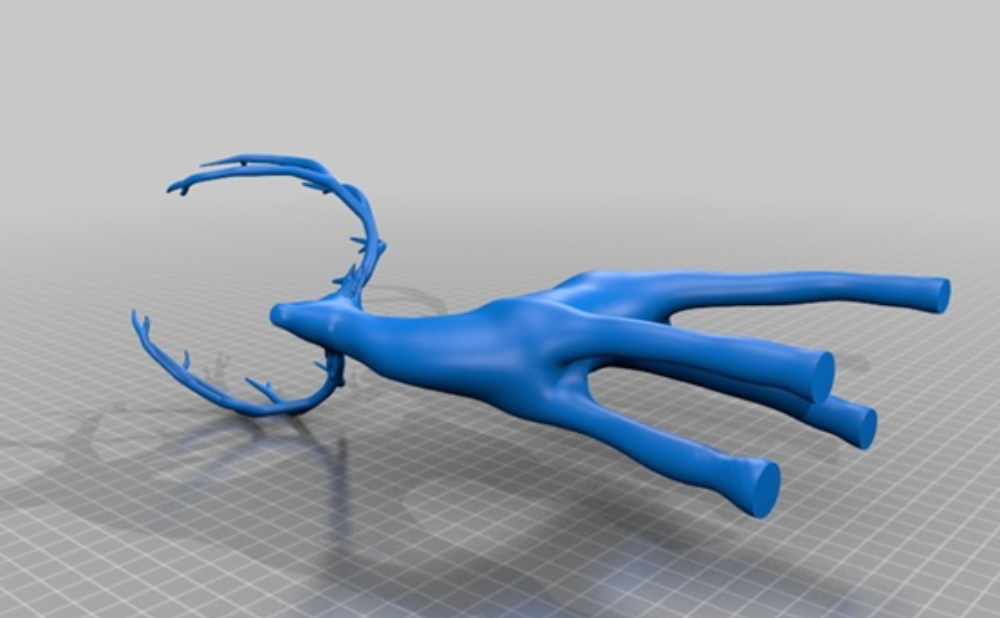
SLA 3D Printing Advantages
Highly Accurate
Smooth surface finish
Easy to finish and paint
Heat and moisture resistant
Quick turnarounds
Low costs with economy of scale
SLA Best Uses
Fit and function samples
Master patterns
Painted sales & marketing samples
Clear sample parts
Quickcast for casting masters
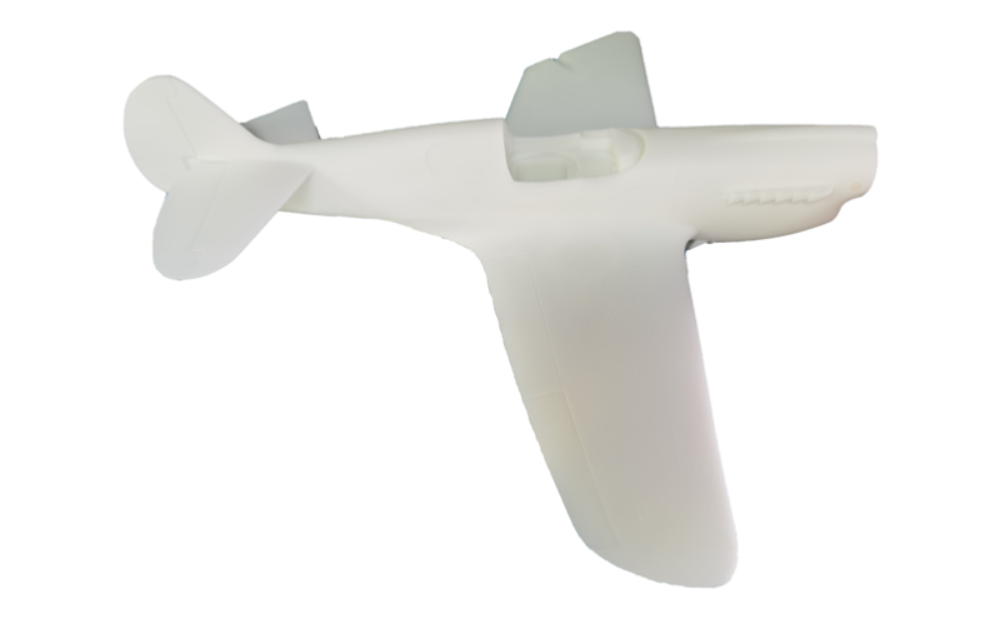
SLA Materials
SLA has many different material options from Formlabs, 3D Systems and DSM SOMOS. Here are the most popular materials we run. If there is another material you are interested in, please contact our sales team and they will find and bring in the right material for your needs.
Accura® Xtreme: (rigid, high detail)
Accura® ABS White, SL 7810: (rigid ABS-like)
Accura® SL 5530: (high heat)
Accura® SL 7545: (durable, PP-like)
Accura ClearVue SL 7870: (clear)
Somos® Evolve 128 (tough ABS-like)
Contact:
Email: Diana@kesugroup.com
WhatsApp: +86 156-2583-1454
Our engineer team are ready for your projects and provide feedback quickly.

